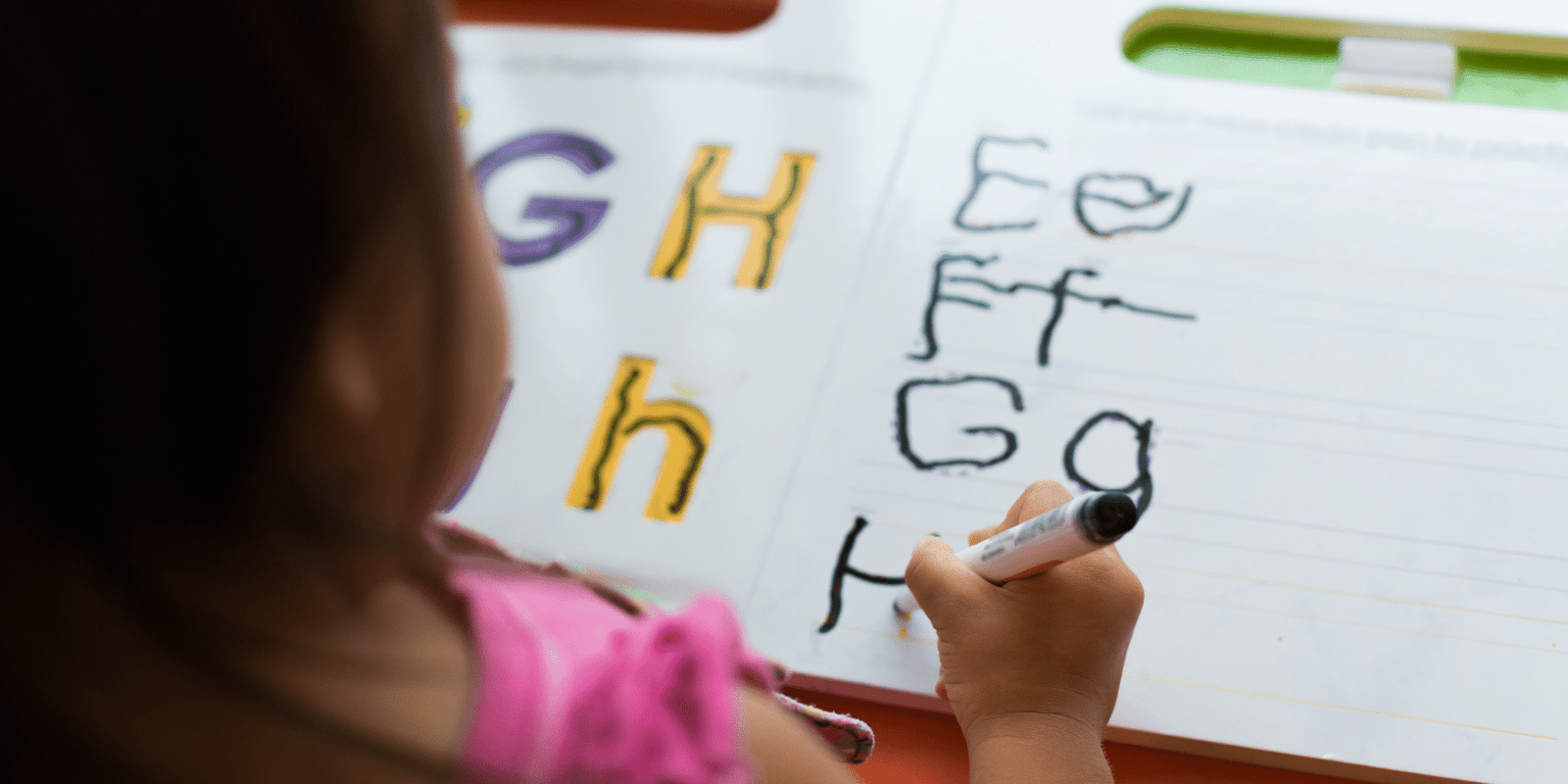In today’s increasingly inclusive classrooms, teachers are becoming more familiar with diverse learning styles, including dyslexia and ADHD. However, one condition that often goes unnoticed is dysgraphia — a neurological disorder that affects a person’s ability to write. While it’s not as well-known as other learning disorders, dysgraphia can have a significant impact on students’ academic performance and mental health if not properly addressed.
Dysgraphia is a learning disorder that affects writing skills, including handwriting, spelling, and the ability to express ideas in written form. It’s not simply bad handwriting or a student being lazy. Dysgraphia is a real neurological issue that affects fine motor skills and the cognitive processes required for effective writing.
Dysgraphia can occur on its own, but it is also frequently found alongside ADHD or other learning disorders. Unfortunately, it is still widely misunderstood by the public — even by some educators. Yet its impact can be serious: students may fall behind on written tasks, experience frustration, and struggle with self-confidence in class.
The symptoms of dysgraphia can vary and are not always obvious. Many of the signs are often mistaken for carelessness or laziness. Here are some common indicators to watch for:
- Difficulty holding a pencil properly or frequent complaints of hand pain during writing
- Slow and tiring writing process
- Inconsistent letter size and shape
- Irregular or chaotic spacing between words
- Trouble keeping writing on a straight line
- Mixing uppercase and lowercase letters in a single word
- Frequent spelling errors, even with simple words
- Avoiding writing tasks or becoming easily frustrated when writing
- Extremely hard-to-read handwriting, even with significant effort
These symptoms can appear as early as kindergarten or the early elementary grades but often become more apparent as writing tasks get longer and more complex.
In the digital age, we might assume handwriting is no longer essential. However, for students with dysgraphia, the issue runs deeper than neatness. Writing is a critical tool for learning and expressing ideas. When this ability is disrupted, the entire learning process can be affected.
Students with dysgraphia are at risk of:
- Lower academic performance, especially in subjects that require written responses
- High levels of stress, particularly during timed exams or assignments
- Embarrassment or anxiety, which can lead to reluctance to participate in class
- Loss of self-confidence, potentially undermining overall motivation to learn
Unfortunately, because dysgraphia is not always visible, many students do not receive the support they need. They may even be mislabeled as lazy or careless by teachers and peers.

The good news is that teachers can play a vital role in supporting students with dysgraphia. With the right strategies and a compassionate approach, educators can help students manage their challenges and thrive in school.
Here are some practical steps educators can take:
1. Recognize the Early Signs
Early identification is crucial. If a student shows multiple signs of dysgraphia, share your observations with parents or school administrators. A professional evaluation may be needed for a diagnosis and further intervention.
2. Provide Special Accommodations
Some simple adjustments can greatly improve student comfort, such as:
- Allowing extra time for written assignments or exams
- Permitting typed work instead of handwritten tasks
- Providing lined or grid paper to help with spacing
- Allowing verbal responses for certain tasks
- Reducing the writing load for assignments or note-taking
3. Use Assistive Technology
Many digital tools are available to support students with dysgraphia, such as speech-to-text applications or typing programs that build keyboarding skills. These tools not only reduce frustration but also help students focus on content rather than form.
4. Develop Fine Motor Skills
For younger students, improving fine motor skills can be very helpful. Occupational therapists often use activities like playing with modeling clay, tracing shapes, or cutting paper. Teachers can also include similar fun and beneficial activities in the classroom.
5. Maintain a Positive and Supportive Attitude
Equally important is providing emotional support. Praise effort, not just results. Give constructive feedback, and reassure students that difficulty with writing does not mean failure. Creating a classroom culture that values different learning styles helps all students feel accepted.
If you suspect a student may have dysgraphia, collaborating with professionals is highly recommended. School psychologists, special education teachers, and occupational therapists can offer evaluations and more targeted support.
Occupational therapists in particular play a key role in helping students improve posture, pencil grip, hand-eye coordination, and other motor skills. The earlier the intervention begins, the greater the student’s chances for success.
Some teachers may ask: is handwriting still important in the digital age? The answer is yes. Especially in elementary school, writing remains a vital part of the learning process. While technology can be a helpful solution, it should be used as a support tool, not a replacement, to help students with dysgraphia reach their potential without being overwhelmed by the mechanical aspects of writing.
Dysgraphia may be invisible, but its effects are very real. Teachers are the first to interact with students every day, and they play a key role in detecting and supporting those who struggle.
By understanding dysgraphia, recognizing the signs, and creating a supportive and inclusive learning environment, we not only help one child — we also contribute to a more compassionate and equitable education system for all.
Let’s ensure that no child feels like a failure just because their way of writing is different.

Leave a Reply